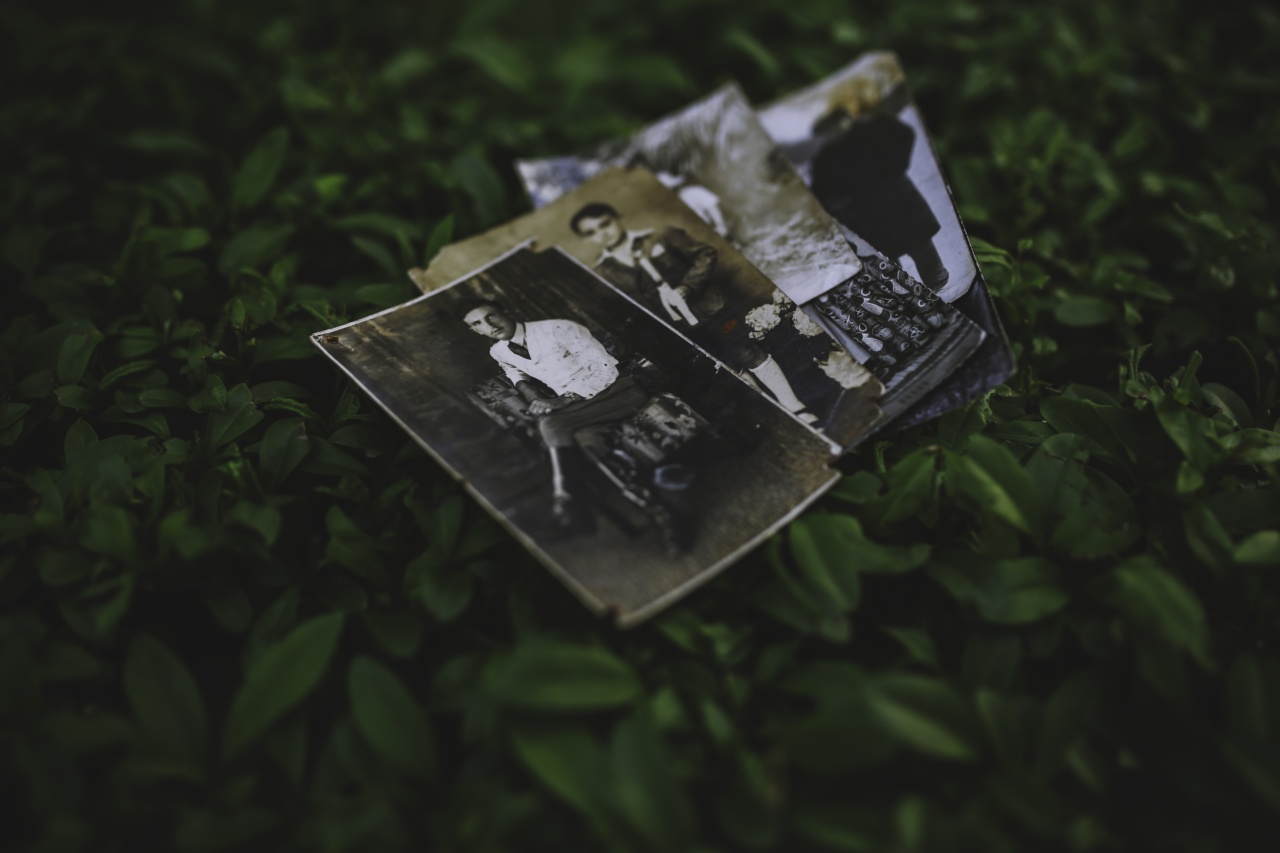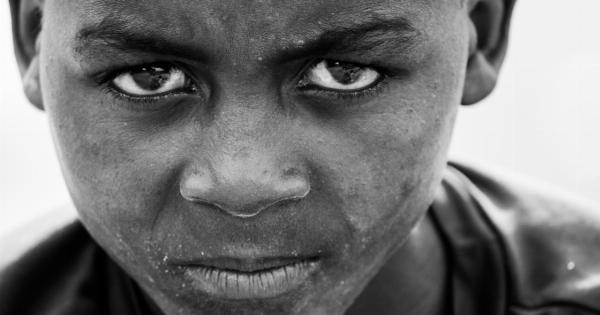Chickenpox is a common childhood illness that most children get before the age of 10. It is a highly contagious viral disease that causes a rash of itchy, red spots all over the body.
The rash usually starts on the face, scalp, and trunk before spreading to other parts of the body.
While chickenpox is usually a mild illness, it can have some severe complications. One such complication is when the blisters or scabs formed during the illness leave a permanent scar on the skin.
Moreover, there are some cases where the rash leaves behind a tanned or discolored zone on the skin.
What are the Symptoms of Chickenpox?
Chickenpox is caused by the varicella-zoster virus. The symptoms of chickenpox usually start within 10-21 days of being exposed to the virus and can be mild or severe.
Some of the most common symptoms of chickenpox include:.
- Fever, headache, and body aches
- A rash of small, red, and itchy spots that can appear anywhere on the body
- The rash usually appears first on the face, scalp, or trunk
- The spots then spread to other parts of the body, including inside the mouth and on the genital area
- Fluid-filled blisters that break open and crust over appear after a few days
- Itching, which can be severe, is one of the most common symptoms of chickenpox
- The rash can last for up to 14 days
What are the Complications of Chickenpox?
Complications from chickenpox are rare, but they can happen. Some of the most common complications include:.
- Bacterial infections on the skin or in the ears
- Pneumonia or other respiratory problems
- Encephalitis (inflammation of the brain)
- Meningitis (inflammation of the lining of the brain and spinal cord)
- Reye’s syndrome (a rare but serious condition that can occur in children who take aspirin during chickenpox or flu-like illnesses)
- Scarring from the chickenpox rash, especially around the eyes
- Tanned or discolored patches of skin that remain after the rash has healed
How is Chickenpox Treated?
There is no cure for chickenpox, but there are several things that can be done to help relieve the symptoms. Some of the most common treatments include:.
- Taking over-the-counter pain relievers, such as acetaminophen, to help reduce fever and relieve pain
- Taking antihistamines or applying calamine lotion to help relieve itching
- Applying cool, damp compresses to the blisters and sores
- Drinking plenty of fluids to prevent dehydration
- Practicing good hygiene to prevent the spread of the virus to others
If a person is at high risk of developing severe complications from chickenpox, they may need to be treated with antiviral drugs to reduce the severity and duration of the illness.
Shocking Photos of a 4-Year-Old with Tanned Legs After Chickenpox
Recently, a series of shocking photos of a 4-year-old girl have been making the rounds on social media. The little girl, who had recently recovered from chickenpox, was left with tanned legs after the rash had cleared.
The photos were originally posted on Facebook by the girl’s mother, who wanted to warn other parents about the potential complications of chickenpox.
In the post, the mother explained that her daughter had been diagnosed with chickenpox and had been through the usual symptoms of fever, itching, and a rash.
However, even after the rash had cleared, the little girl was left with tanned legs that showed where the rash had been.
The mother wrote that she had not seen anything like this before and was shocked by the way the virus had affected her daughter’s skin.
According to the mother, her daughter is not the only child who has been left with tanned skin after having chickenpox.
The post has since gone viral, with many parents sharing their own stories of children who have been affected by the virus in unusual ways.
How Common is Discolored Skin After Chickenpox?
Discolored skin after chickenpox is not a common complication of the disease, but it can happen. In most cases, the discoloration is temporary and will fade over time.
However, in some cases, the discoloration can be permanent and may require medical treatment.
The discoloration is usually caused by the melanin in the skin, which is the pigment that gives the skin its color.
When the skin is inflamed or damaged by the chickenpox rash, the melanin can be altered, causing the skin to become discolored or tanned.
Other factors, such as sun exposure, can also contribute to the discoloration of the skin after chickenpox. Sun exposure can further damage the skin and cause the melanin to darken, making the discoloration more noticeable.
Can Discolored Skin After Chickenpox Be Treated?
In most cases, discolored skin after chickenpox will fade over time and does not require any specific treatment. However, if the discoloration is permanent or if the skin is very discolored and noticeable, there are some treatments that may help.
Some of the most common treatments for discolored skin after chickenpox include:.
- Chemical peels
- Laser resurfacing
- Microdermabrasion
- Skin lightening creams
Preventing Complications from Chickenpox
While complications from chickenpox are rare, there are several things that parents can do to help prevent them. Some of the most effective ways to prevent complications include:.
- Getting the chickenpox vaccine
- Practicing good hygiene, such as washing hands frequently
- Keeping children away from people who are sick
- Avoiding contact with people who have chickenpox or shingles
While chickenpox is a common childhood disease, it is important for parents to be aware of the potential complications, including discolored skin.
By taking steps to prevent the virus and seeking prompt medical attention if complications arise, parents can help protect their children from the risks associated with chickenpox.




























